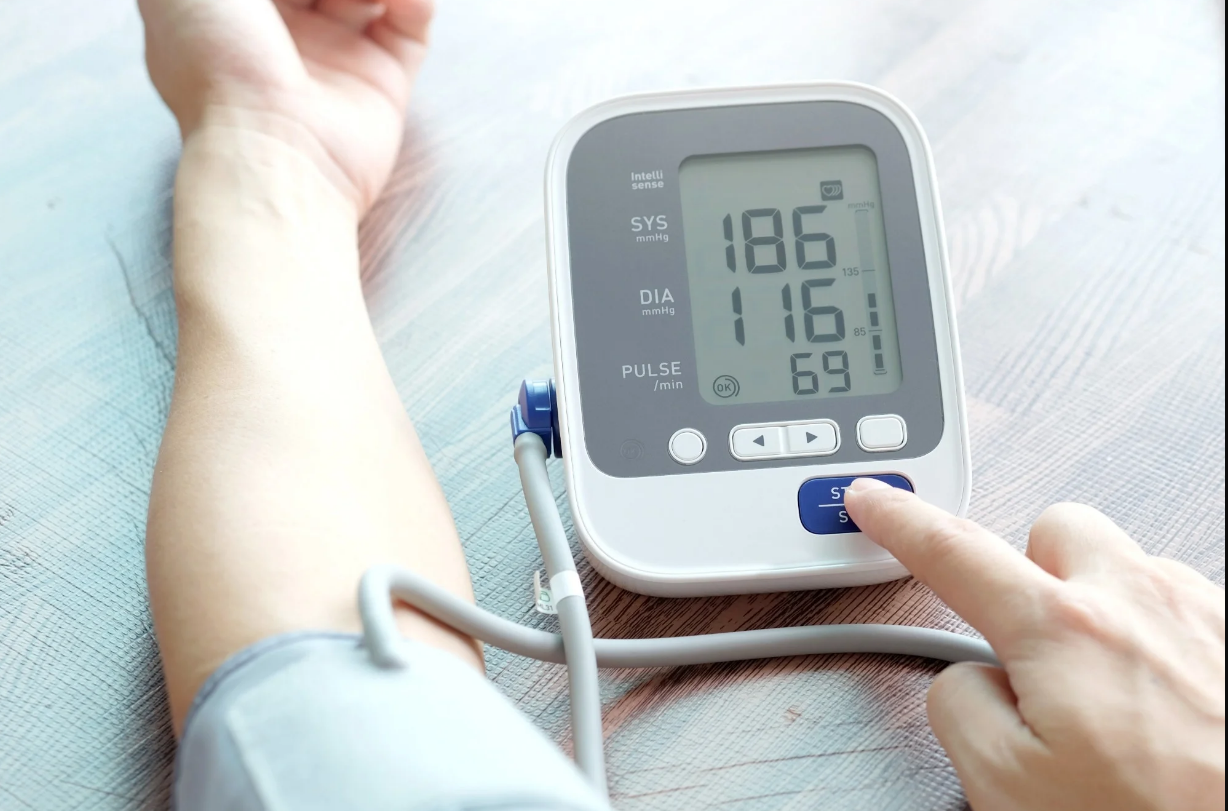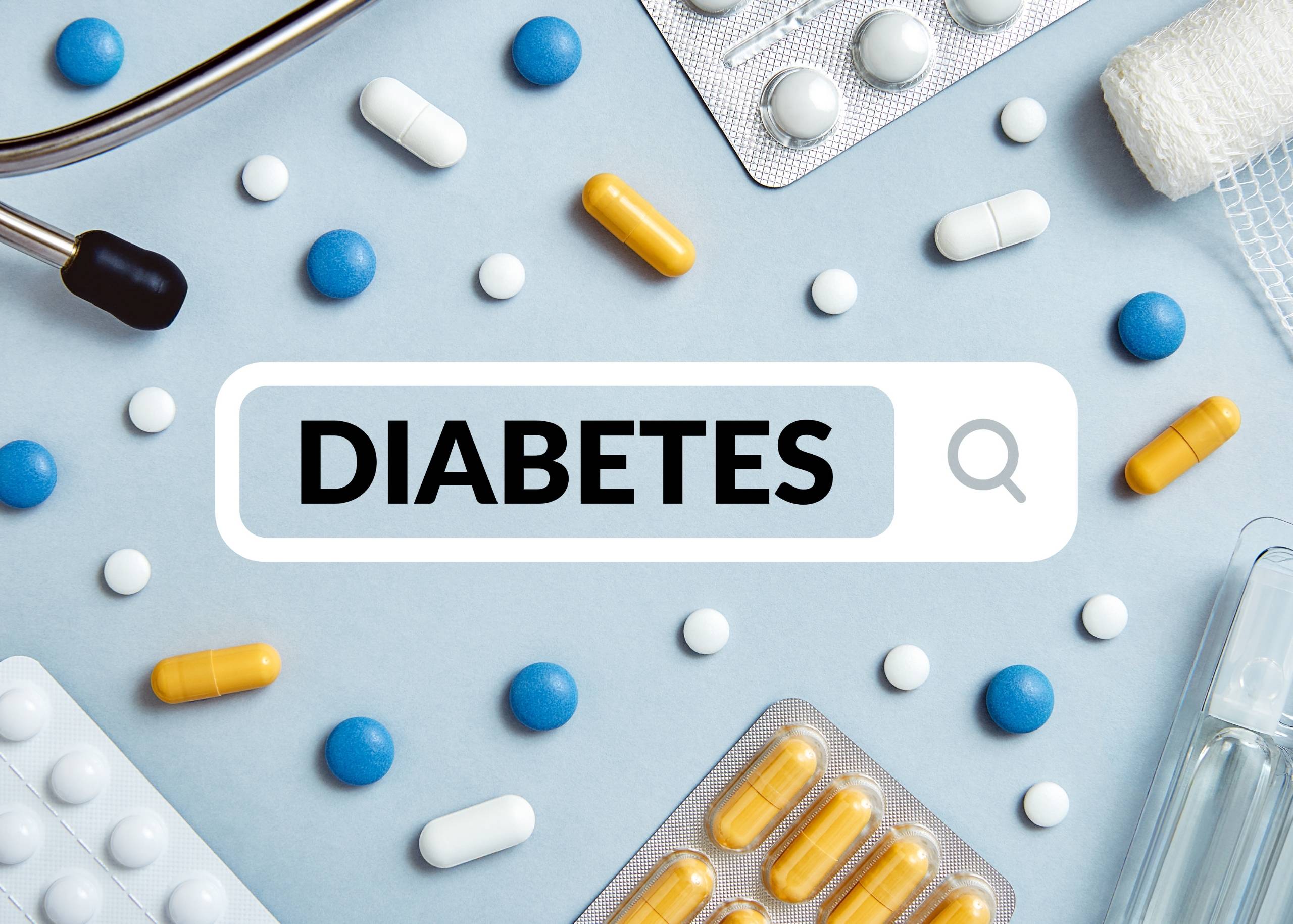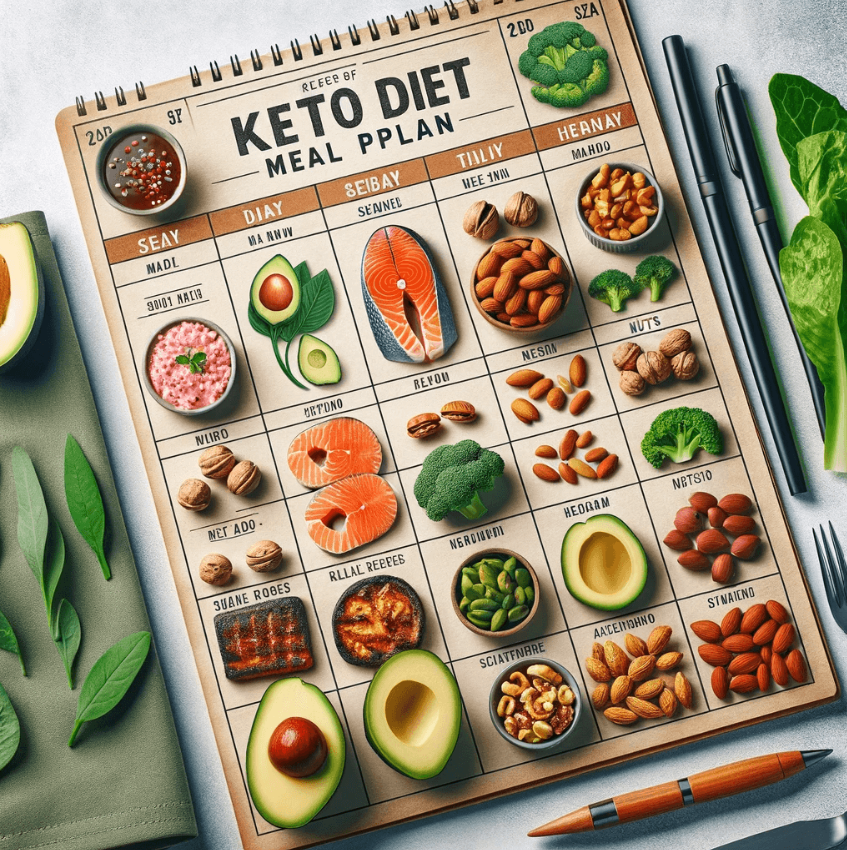I. Overview and Definitions
Definition of High Blood Pressure (Hypertension)
High blood pressure (hypertension) is a condition where the force of blood against artery walls is consistently too high. This increased pressure requires the heart to work harder to pump blood throughout the body. Blood pressure is measured in millimeters of mercury (mm Hg), a standard unit of pressure.
Categories of Blood Pressure
- Normal: Less than 120/80 mm Hg
- Elevated: 120-129 mm Hg (systolic) and less than 80 mm Hg (diastolic)
- Stage 1 Hypertension: 130-139 mm Hg (systolic) or 80-89 mm Hg (diastolic)
- Stage 2 Hypertension: 140 mm Hg or higher (systolic) or 90 mm Hg or higher (diastolic)
- Hypertensive Crisis: 180 mm Hg or higher (systolic) or 120 mm Hg or higher (diastolic)
II. Symptoms
Asymptomatic Nature
High blood pressure, often referred to as the “silent killer,” frequently presents no symptoms. Many individuals with hypertension may be unaware of their condition until it is detected during a routine checkup.
Severe Cases Symptoms
In severe cases of high blood pressure, certain symptoms may manifest, including:
- Headaches
- Shortness of breath
- Nosebleeds
- Heart palpitations
III. Detection and Diagnosis
Regular Checkups
Blood pressure should be measured at least every two years starting at age 18. Regular monitoring helps in early detection and management of hypertension. Children should have their blood pressure checked during routine checkups starting at age 3 to identify any early onset of high blood pressure.
Home Monitoring
Home monitoring devices can help detect elevated blood pressure. These devices enable individuals to regularly check their blood pressure outside of a clinical setting, providing valuable data to manage and monitor their condition effectively.
IV. Causes
Primary (Essential) Hypertension
Primary (essential) hypertension does not have a single clear cause but is linked to various lifestyle and dietary factors, including:
- High salt intake
- Lack of exercise
- Excessive alcohol consumption
- Family history of high blood pressure
- Age (especially over 65)
- Obesity and diabetes
- Stress
- Insufficient intake of potassium, calcium, and magnesium
Secondary Hypertension
Secondary hypertension is caused by another underlying condition, such as:
- Kidney disease
- Adrenal disorders (tumors, abnormalities)
- Thyroid disorders
- Congenital heart defects
- Obstructive sleep apnea
- Birth control pills and certain medications (cold, sinus, pain relievers)
- Illegal drugs (cocaine, amphetamines)
V. Risk Factors
Age
The risk of developing high blood pressure increases with age.
Race
High blood pressure is more common and tends to have an earlier onset in Black individuals.
Family History
A genetic predisposition to high blood pressure is common, meaning if family members have the condition, the risk increases.
Lifestyle Factors
Several lifestyle factors contribute to the risk of high blood pressure:
- Obesity or being overweight
- Lack of physical activity
- Diet high in salt or low in potassium
- Tobacco use
- Excessive alcohol consumption
- Stress
Chronic Conditions
Certain chronic conditions can increase the risk of high blood pressure, including:
- Kidney disease
- Diabetes
- Sleep apnea
Pregnancy
Blood pressure can rise during pregnancy, posing a risk for both the mother and the baby.
Medications
Certain drugs can increase blood pressure, including:
- Birth control pills
- Cold and sinus medications
- Pain relievers
- Some prescription medications
VI. Complications
Cardiovascular Issues
High blood pressure can lead to serious cardiovascular problems, including:
- Heart attack or stroke
- Aneurysm
- Heart failure
Organ Damage
Sustained high blood pressure can cause significant damage to various organs, resulting in:
- Kidney problems
- Eye problems
- Metabolic syndrome
- Cognitive changes and dementia
VII. Prevention and Management
Healthy Lifestyle Changes
Implementing healthy lifestyle changes is crucial for preventing and managing high blood pressure. These changes include:
- Maintain a healthy weight
- Eat a healthy diet (e.g., DASH diet)
- Reduce salt intake
- Increase potassium intake
- Exercise regularly (150 minutes of aerobic exercise per week)
- Limit alcohol consumption
- Quit smoking
- Manage stress
Medications
Medications may be necessary to control high blood pressure. Commonly prescribed medications include:
- ACE inhibitors
- Angiotensin II receptor blockers (ARBs)
- Calcium channel blockers
- Diuretics (water or fluid pills)
VIII. Pregnancy and High Blood Pressure
Preeclampsia
Preeclampsia is a condition characterized by hypertension developing after 20 weeks of pregnancy.
Monitoring and Risks
Regular blood pressure checks are essential for monitoring and managing symptoms such as headaches, vision problems, and nausea. Risks associated with high blood pressure during pregnancy include slow fetal growth, low birth weight, premature birth, separation of the placenta before delivery, and organ damage.
IX. Special Considerations
Types of Hypertension
- White Coat Hypertension: Elevated blood pressure in healthcare settings but normal at home.
- Masked Hypertension: Normal blood pressure in healthcare settings but elevated at home.
- Sustained Hypertension: Elevated blood pressure in both settings.
- Nocturnal Hypertension: Elevated blood pressure during sleep.
X. Sudden High Blood Pressure (Hypertensive Crisis)
Symptoms
- Difficulty breathing
- Racing heartbeat
- Chest pain
- Anxiety
- Headaches
- Dizziness
- Nausea
- Vision problems
- Nosebleeds
Action
Call 911 if experiencing symptoms of a hypertensive crisis.
XI. FAQs and Additional Information
Symptoms of High Blood Pressure
High blood pressure is often asymptomatic. However, a hypertensive crisis can cause symptoms such as palpitations, chest pain, dizziness, and headaches.
Lowering Blood Pressure
Effective strategies for lowering blood pressure include maintaining a healthy diet, regular exercise, quitting smoking, avoiding alcohol, weight management, and possibly taking medication as prescribed by a healthcare provider.
Stroke-Level Blood Pressure
A hypertensive crisis, defined as a blood pressure reading of 180/120 mm Hg or higher, can lead to an immediate stroke and requires urgent medical attention.
Blood Pressure by Age
The blood pressure ranges are the same for all adult age groups. However, the risk of high blood pressure increases with age due to arterial stiffness and plaque buildup over time.



